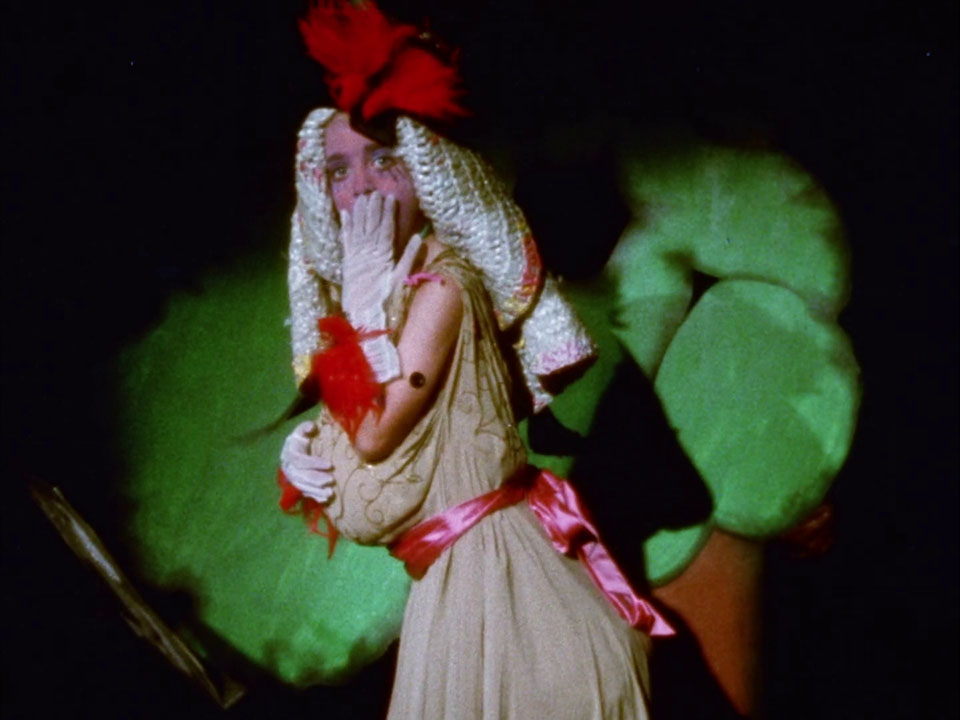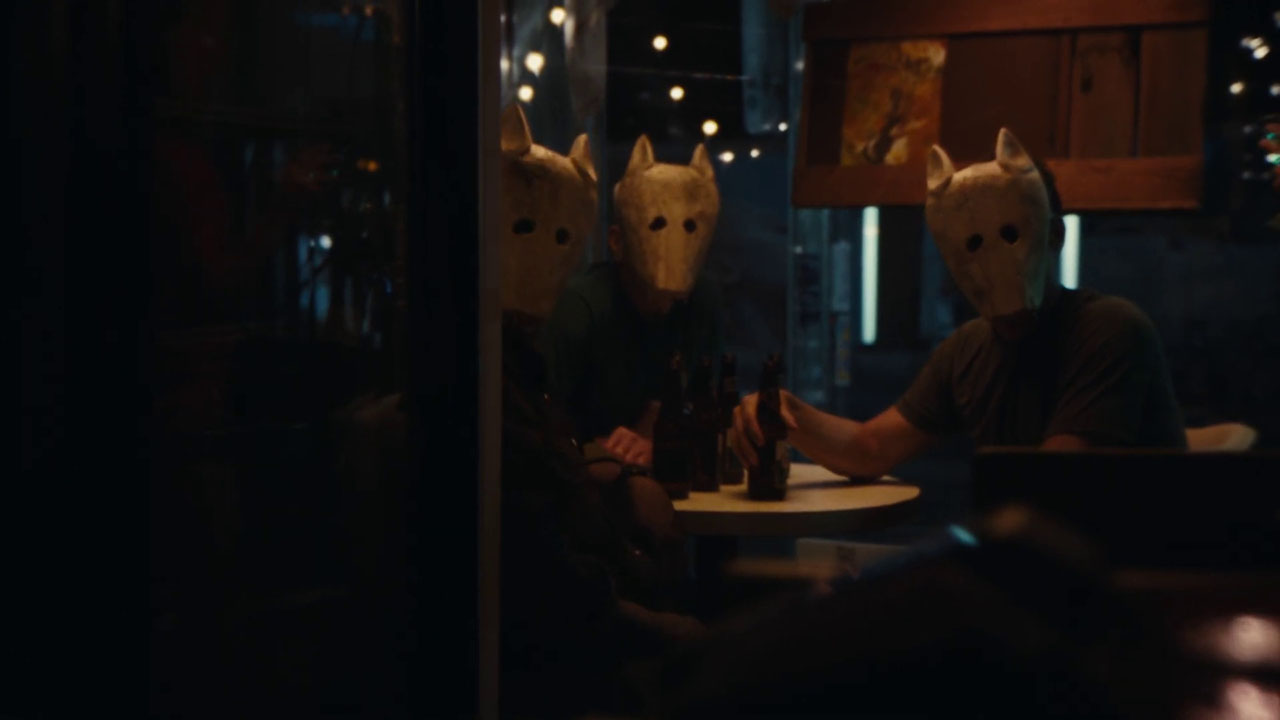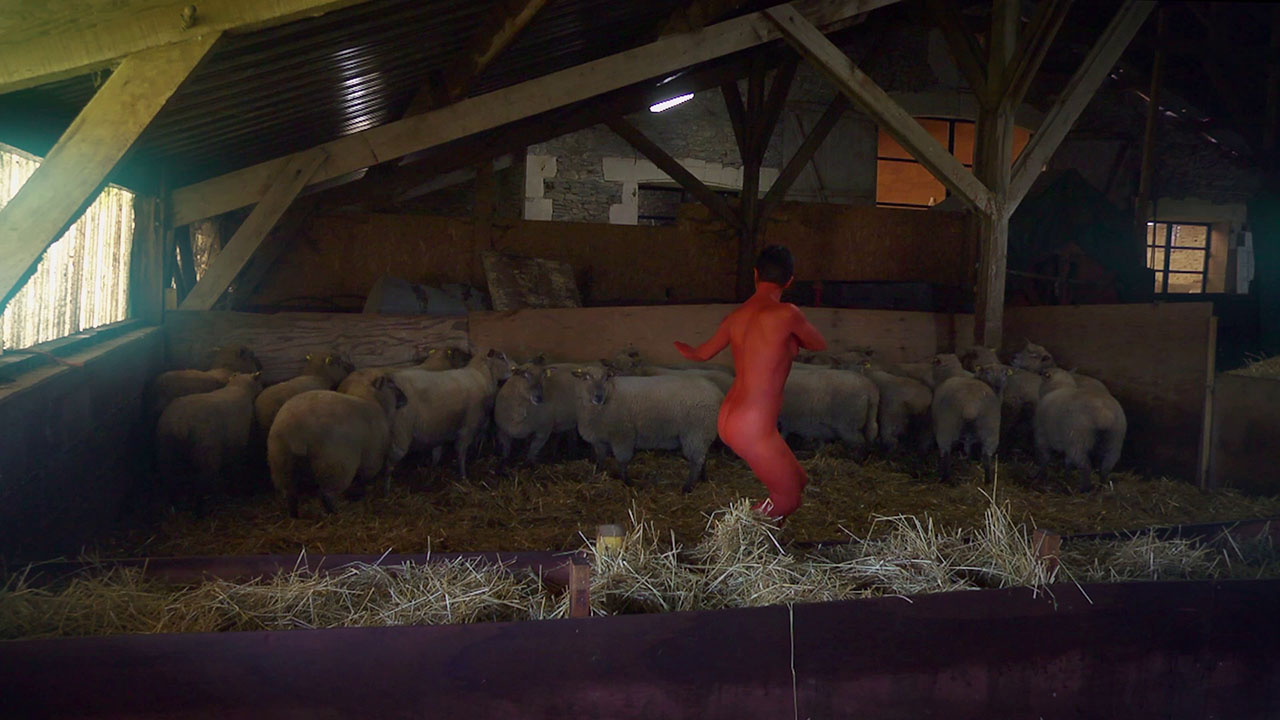Franz Kafka’s A Country Doctor (2007, Koji Yamamura)
Yamamura made Mt. Head, which I saw a bunch of times when it came out and now don’t remember so well anymore. When a choir starts narrating in song it is clear that this isn’t a great Kafka story adaptation, but the design and animation are very cool. Heads keep deforming, voices keep double-tracking, while hairy loops and bubbly blobs float over the image.

–
Jefferson Circus Songs (1973, Suzan Pitt)
There is some kind of human stop-motion here, kids (all the actors are kids) dressing in fancy doll clothes and moving like robots or Svankmajer creatures – insane and dreamlike, not always in a good way. No idea what this meant, it’s completely out of the blue – even the credits don’t make sense. Apparently made in Minneapolis, the kids created their own roles, and even the distributor calls it “a string of puzzling little episodes.”

–
Flo Rounds a Corner (1999, Ken Jacobs)
Extremely Arnoldized clip of a girl in pink rounding a corner, the picture strobing and the frame sometimes splintering into sections that Arnoldize at their own separate pace. Had I known it was going to be silent, I would’ve thrown on “Light’s New Measure” by Black Duck.

–
Jackals & Fireflies (2023, Charlie Kaufman)
Like a music video for a poet. Eva HD’s work also appeared in I’m Thinking of Ending Things, and she is a fan of David Berman and Nico. Kinda works as “overheard in new york: the movie” – I’ll bet the movie plays better if you enjoy the voiceover poem and its delivery.






